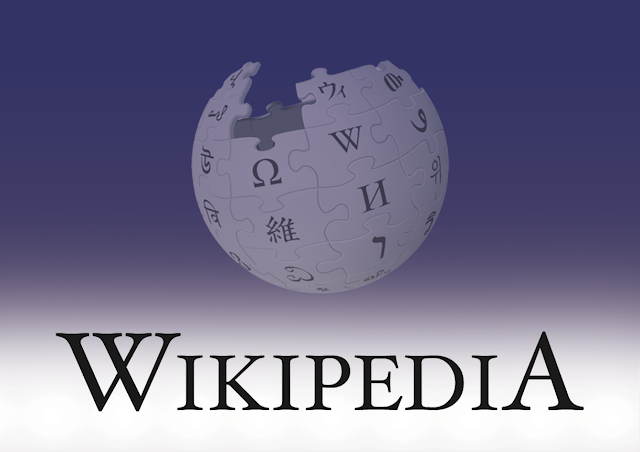Machine vs human translation and Pakistani languages
Machine translation – e.g., Google Translate, Microsoft Translator and Amazon Translate – and human translation each have their strengths and weaknesses, but when combined, they can enhance translation accuracy and efficiency. Computer-assisted translation tools, or CAT tools, e.g., MemoQ and Matecat, offer advanced features to support human translators.
Machine translation relies on algorithms and artificial intelligence. It is fast, scalable, and readily available, making it useful for quick translations and handling large volumes of content. However, machine translation may struggle with nuances, idiomatic expressions, cultural context, and maintaining the tone of the original text. Accuracy depends on the language pair and the quality of the machine translation system.
On the other hand, human translation involves professional translators who possess linguistic expertise and cultural knowledge. Human translators can accurately capture the subtleties, context, and cultural nuances of a text, ensuring high-quality translations. They can adapt the translation to the target audience and maintain the original intent and tone.
By combining machine and human translation, the strengths of both approaches can be leveraged. Machine translation can quickly generate a first-pass translation, which can then be reviewed and edited by human translators. This collaboration allows human translators to focus on refining the machine-generated translation, ensuring accuracy, and addressing any linguistic or cultural nuances that require human expertise. The combination of machine and human translation can improve efficiency by reducing the time and effort required for translation while maintaining high quality.
Google Translate and Microsoft Translator currently support three Pakistani languages: Pashto, Sindhi and Urdu. Balochi, Kashmiri and Saraiki are in the development or beta version in the Google Translate. Punjabi Gurmukhi is supported, and Punjabi Shahmukhi might be added in the future.
There are many factors that impact Google and Microsoft's ability to support new languages:
- It’s a written language
- It’s actively used on the web
- Speakers of the languages are eager to contribute
You can contribute as below:
- Google Translate: Visit https://translate.google.com and click on Contribute.
- Microsoft Translator: Visit https://www.bing.com/translator and suggest an edit.
---
Check out our services:
Write a press release or a blog, or design, edit and translate any content in English, Urdu and Sindhi. DetailsContact me at rasool.sarang@gmail.com



Comments
Post a Comment